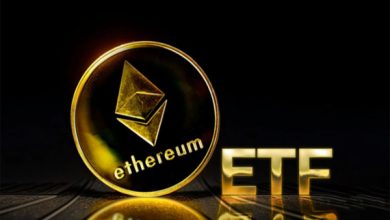What is Tokenization of Real World Assets?

The realm of blockchain and cryptocurrency has expanded far beyond mere digital transactions, birthing a novel concept: tokenization of real world assets. This innovation is transforming the way we view and interact with traditionally illiquid assets, and facilitating a decentralized and transparent global financial ecosystem. Companies and institutions offering tokenization consulting services are assisting in this seismic shift by providing expertise on the complexities of this process.
So, what is tokenization? Tokenization refers to the process of converting or representing real-world assets as digital tokens on a blockchain. These tokens hold value and can be bought, sold, and traded. Each token is unique, creating a digital representation of a real-world tradable asset and ensuring secure and transparent transactions.
As an application of Distributed Ledger Technology (DLT), tokenization takes advantage of blockchain’s immutable and decentralized nature. It enables fractional ownership, increasing liquidity, enhancing accessibility, and providing better transparency. Importantly, these tokens also carry rights on the assets they represent, acting as a store of value.
Tokenization is not limited to the financial markets. Its potential has been realized across various asset classes, including real estate, commodities, and art. Let’s explore these in more detail.
Real Estate
Traditionally, real estate has been an illiquid market. However, tokenization is changing that by allowing fractional ownership of properties. This process democratizes access to real estate investments, distributing and minimizing the associated risks. Companies facing hurdles in raising capital for real estate development due to high banking interest rates can leverage tokenization to circumvent this. By tokenizing a property, its ownership can be distributed among thousands of investors. This alternative mode of real estate fundraising has already been successfully applied in various instances, including a luxury apartment building in Manhattan worth $30 million that was tokenized on the Ethereum network.
Commodities
Tokenization allows investors to securely trade fractions of commodities they own, while mitigating volatility. Commodities such as oil, gas, gold, silver, and other precious metals are digitized and assigned an amount of cryptocurrency that corresponds to their real-world monetary value. This opens the market to smaller participants, eliminating entry barriers and increasing transparency and traceability through blockchain transactions. For instance, tokenized gold encourages asset fractionality and attracts more small and retail investors, not only large institutional investors and funds.
Art
The art market has also found utility in tokenization. A single artwork can be securitized into several virtual parts, represented by tokens. These tokens can be sold as small ownership shares, thereby reducing the investment threshold and the associated risk. This new, more liquid art market invites participation from the general public. Andy Warhol’s painting ’14 Small Electric Chairs’ was one of the first pieces of art to be tokenized, with sales of 31.5% shares corresponding to €1.7 million.
However, tokenization is not without its challenges. The execution of a transaction on DLTs has real-world legal effects, such as the transfer of ownership, and different regulatory obligations may apply in different markets. The lack of an established legal and regulatory framework, coupled with the necessity of building new infrastructure, pose significant hurdles. Tokenization consulting services play a crucial role in navigating these complexities.
Conclusion
In conclusion, tokenization has profound implications for the digitization of real-world assets. It’s not just a buzzword in the crypto space, but a transformational technology that is unlocking value in the global financial ecosystem. While regulatory hurdles persist, the benefits of improved liquidity, enhanced accessibility, and transactional efficiency are poised to revolutionize the way we own, trade, and interact with real-world assets. As this tokenization wave continues to rise, the future of asset management looks increasingly digital and decentralized.
Follow – https://bitcointodays.com for More Updates




